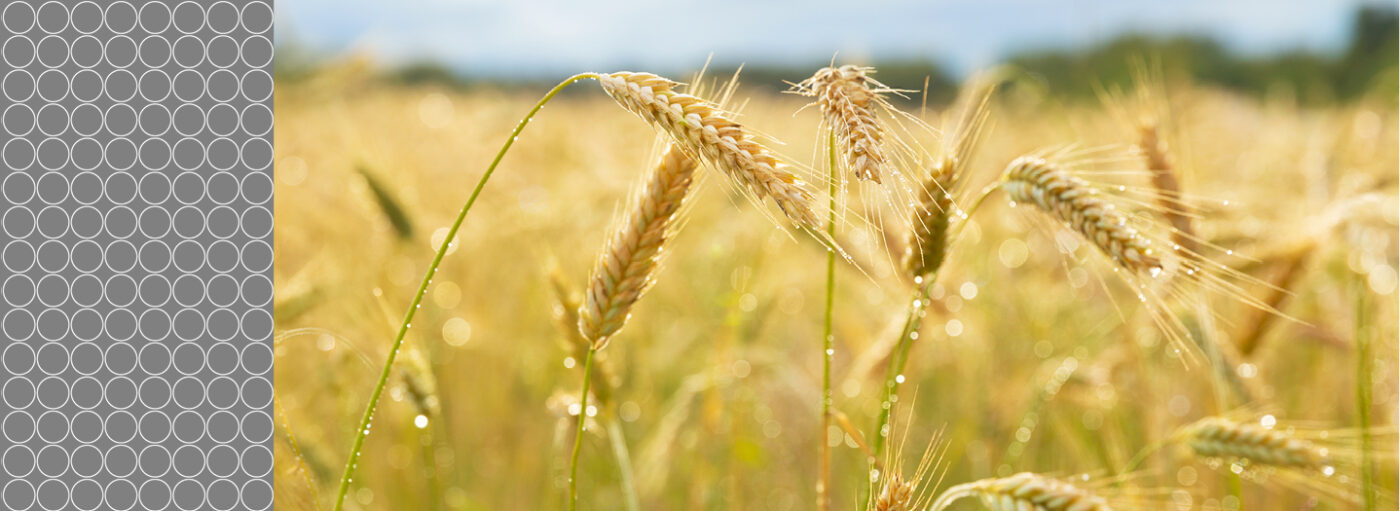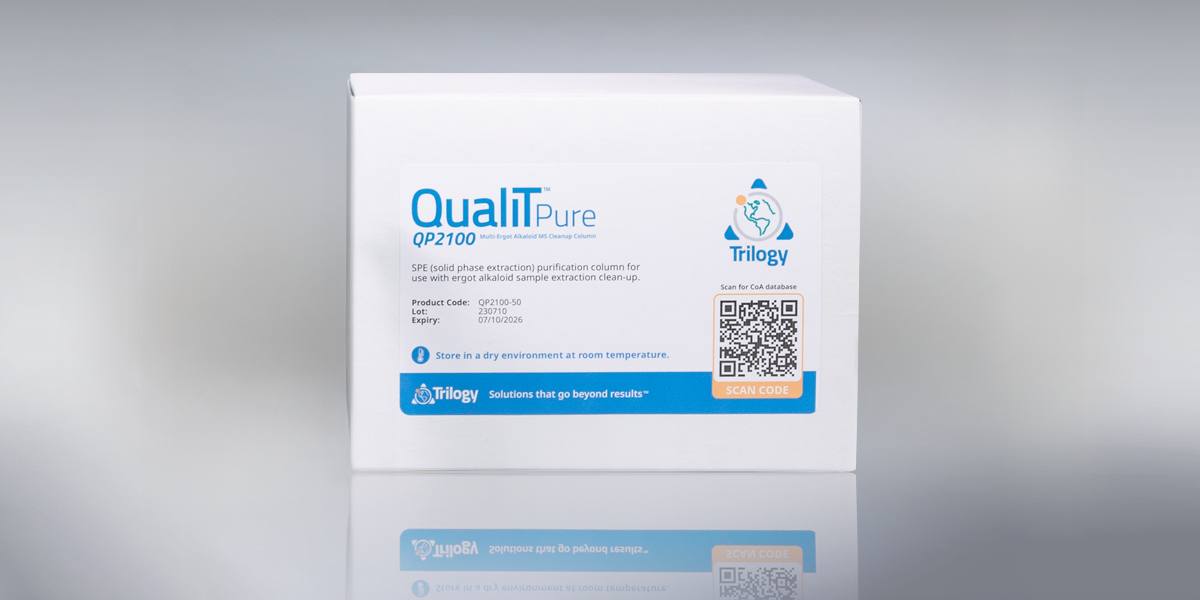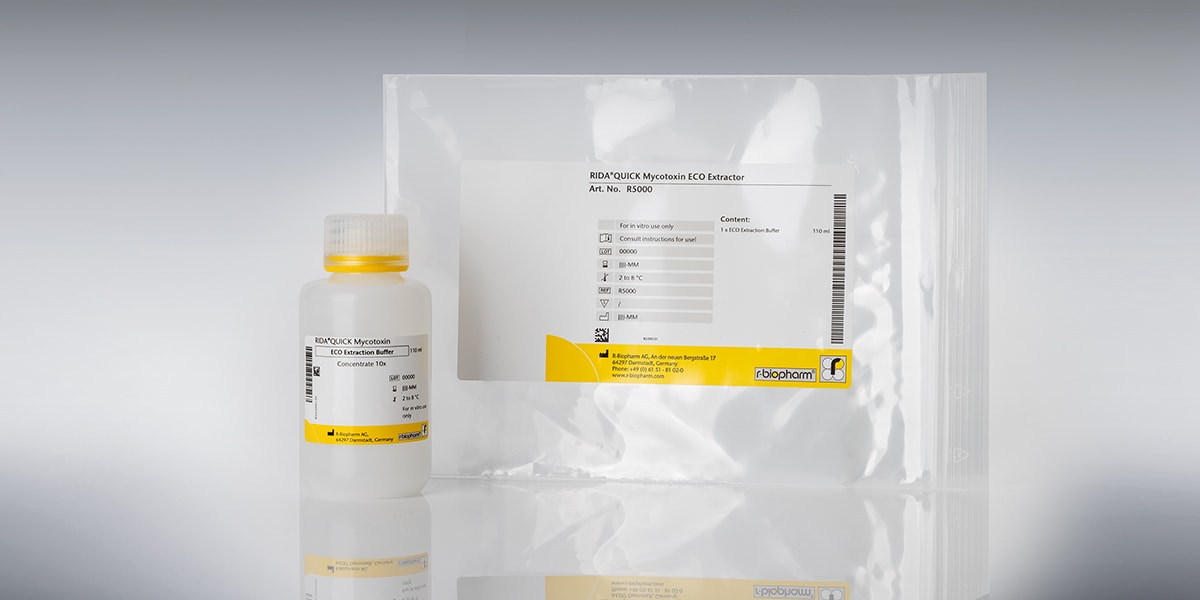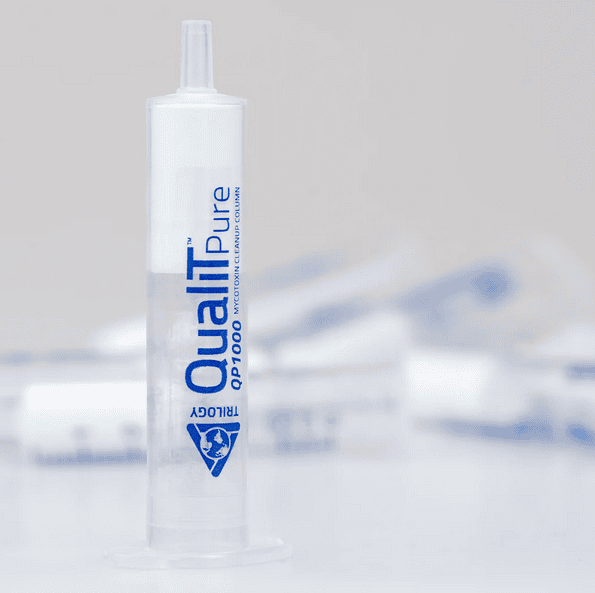
Recent news in Food & Feed Analysis
- Home
- /
- 7 Questions: How to...
7 Questions: How to analyze mycotoxins in wheat

High humidity provides ideal conditions for mycotoxin-forming fungi that contaminate wheat. Because this summer has had high rain fall mycotoxin analysis is especially important. We sat down with Carrie Maune, vice-president of Trilogy Analytical Laboratory: What do you need to know about grain contamination with DON (deoxynivalenol) and ZON (zearalenone)?
What
…are DON and ZON?
DON and ZON are mold products that are toxic to humans and animals. Like penicillin, they are metabolites that are produced by fungi, but they are not useful, they are harmful to health.
DON and ZON come from Fusarium molds that thrive in humid weather. With wheat, this often happens in spring, when it rains and when there is high humidity, especially during the flowering period.
Who
…should be concerned with DON and ZON contamination?
Anyone who sells wheat or processes wheat or wheat products into a product for human or animal consumption. A test strategy for mycotoxins, e.g. for DON und ZON, is therefore necessary. Wheat and barley are particularly susceptible.
How
…can you assess the quality of a wheat crop?
Fungal spores can infect the wheat ears as well as the germinating grain (ear fusariosis). One sign of a Fusarium infestation is, for example, severely reduced grains (shrivelled grains). These are white to slightly reddish in color. They are also lighter and softer than normal grains.
In order to assess the quality of the wheat or to find out whether it is contaminated with mycotoxins, an on-site analysis or laboratory examination by means of a rapid test is required.
When
…do DON and ZON occur particularly frequently?
Each region is individual, but generally speaking, crops are most at risk during the flowering phase. Winter wheat typically blooms starting in May.
…and what increases the risk of wheat contamination?
Alternating wet weather during flowering increases the risk of fungal infection as well as toxin contamination in winter wheat. Moisture makes plants more susceptible to the Fusarium molds that produce DON and ZON.
Where
…in the world are there problems with DON and ZON?
Anywhere grain is grown. Here’s a global look: The major regions for winter wheat in the U.S. are Arkansas, Missouri to the Great Lakes, but also in southern and eastern states such as Mississippi, Georgia, Tennessee, Kentucky, the Carolinas, Virginia and Maryland.
The EU and its member states are also among the largest grain producers in the world. Germany is a cereal country, with cereals grown on more than 50 percent of its arable land. Mycotoxin analysis is also important here.
Why
…is it important to test for DON and ZON in wheat?
Contaminated wheat poses a risk to the health of the farm animals to which it is fed. This can lead to significant financial losses. Contaminated food (wheat and wheat products) is also a health hazard to humans.
Regular mycotoxin screening is an important requirement for health protection. Analytical tests help in risk assessment.
How
…do I design a good testing strategy for my grain?
Please take these 2 steps:
- The 1st step is the sampling. This procedure should be representative for the whole batch.
- To ensure that your test system works and correct data is generated, we recommend the use of reference or quality control materials.
Another tip: If necessary, you can send the control sample and the sample of your batch unlabeled to a control laboratory in order to have confirmed the results.
This summer provides ideal conditions for molds that can endanger human health and even lead to animal deaths. So protect the health of your clients, your products and your company from expensive and reputation-damaging recalls.



